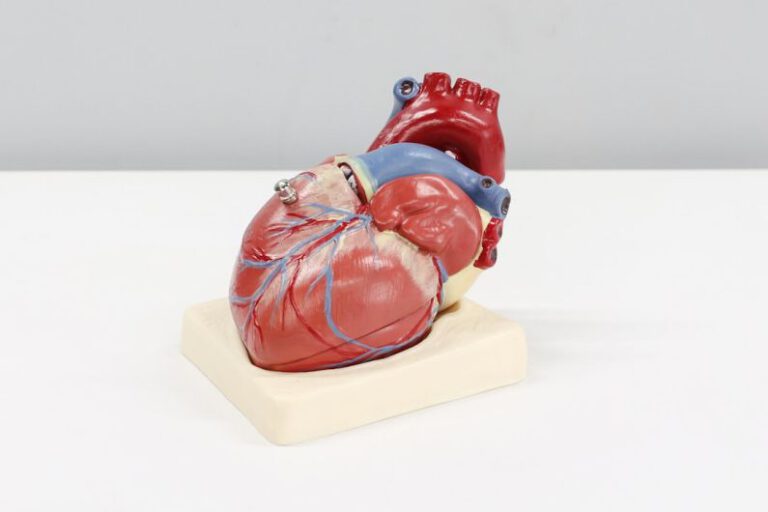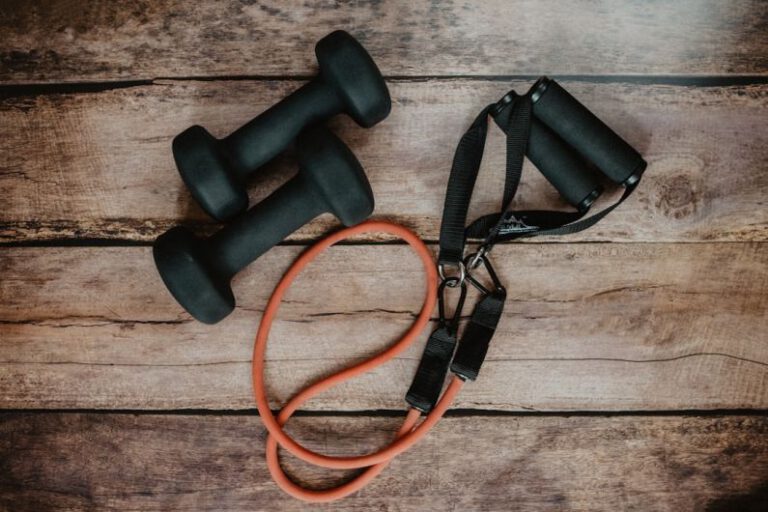Common Fitness Myths Debunked
**Common Fitness Myths Debunked**
Fitness is a topic that is often surrounded by myths and misconceptions, leading many individuals to believe in false information that can hinder their progress. In this article, we will debunk some of the most common fitness myths to help you separate fact from fiction and achieve your fitness goals more effectively.
**Myth: Cardio is the Only Way to Lose Weight**
Many people believe that cardio is the only way to lose weight, leading them to spend hours on the treadmill or elliptical without seeing significant results. While cardio can be an effective way to burn calories, it is not the only solution for weight loss. In fact, incorporating strength training into your fitness routine can be equally important, if not more so, in helping you shed unwanted pounds.
Strength training builds muscle mass, which in turn boosts your metabolism and helps you burn more calories throughout the day. Additionally, muscle takes up less space than fat, so even if the scale doesn’t budge, you may notice changes in your body composition. To maximize weight loss, aim for a well-rounded fitness routine that includes both cardio and strength training.
**Myth: Spot Reduction is Possible**
Many people believe that they can target specific areas of their body for fat loss through exercises like crunches or leg lifts. This myth, known as spot reduction, has been debunked by numerous studies that have shown that it is impossible to spot-reduce fat in specific areas.
When you lose weight, your body decides where it will come from, and unfortunately, you cannot control which areas will slim down first. To reduce fat in a certain area, you need to focus on overall weight loss through a combination of diet and exercise. While targeted exercises can help strengthen and tone specific muscles, they will not magically melt away fat in that area.
**Myth: The More You Sweat, the More Fat You Burn**
Sweating during a workout is often seen as a sign of a good workout, leading many people to equate sweat with fat burning. While sweating is the body’s way of cooling down and regulating temperature, it is not a reliable indicator of how many calories you are burning or how much fat you are losing.
The amount you sweat is influenced by factors such as temperature, humidity, and individual differences in sweating rates. A tough workout may leave you drenched in sweat, but that doesn’t necessarily mean you burned more calories than a less sweaty session. Focus on challenging yourself during your workouts and tracking your progress through more reliable measures like strength gains, endurance improvements, and changes in body composition.
**Myth: You Need to Work Out Every Day to See Results**
Some people believe that they need to work out every single day to see results, leading to burnout and frustration when they cannot maintain such a demanding schedule. In reality, rest and recovery are just as important as exercise when it comes to achieving your fitness goals.
Muscles need time to repair and grow stronger after a workout, and overtraining can lead to injury and fatigue. Aim for a balanced routine that includes both exercise and rest days to allow your body to recover and adapt to the physical stress of working out. Listen to your body and give yourself permission to take a day off when needed – your muscles will thank you for it.
**In Summary**
By debunking these common fitness myths, you can approach your fitness journey with a clearer understanding of what works and what doesn’t. Remember that fitness is a personal journey, and what works for one person may not work for another. Stay informed, listen to your body, and focus on sustainable habits that will help you reach your goals in a healthy and balanced way.






